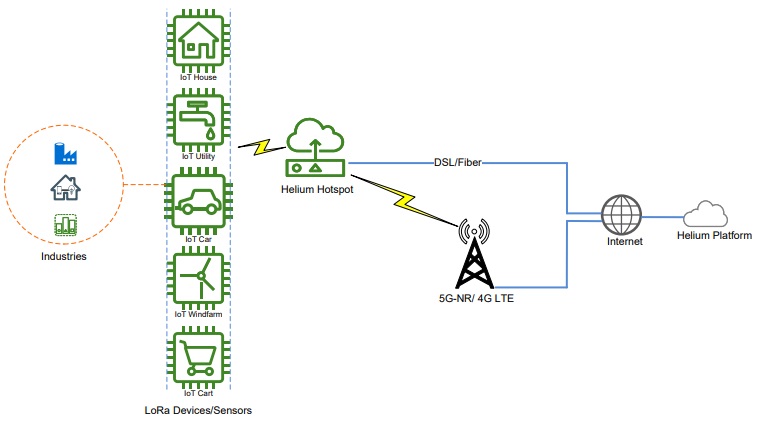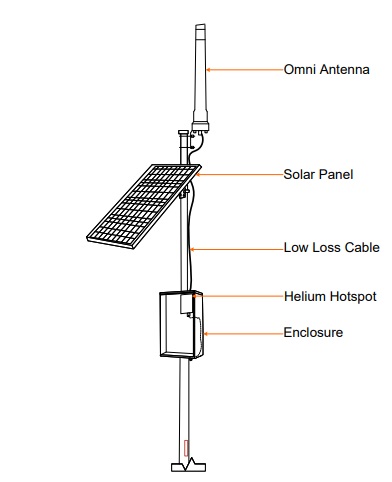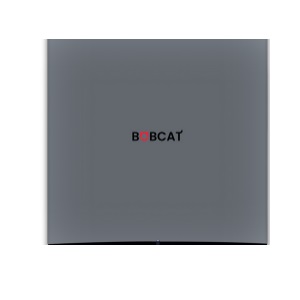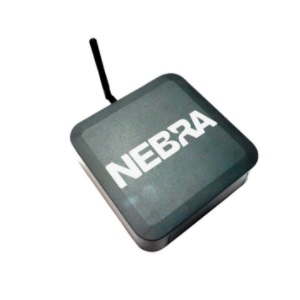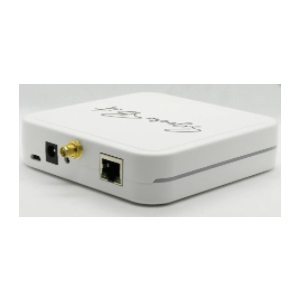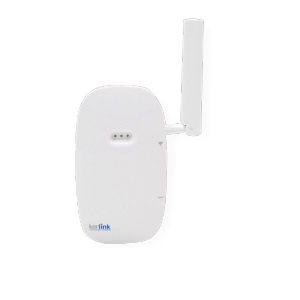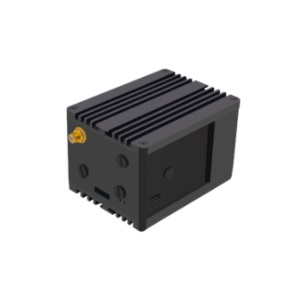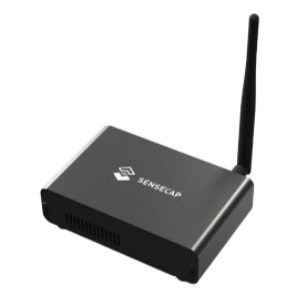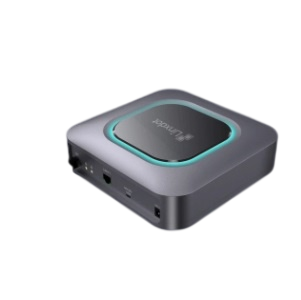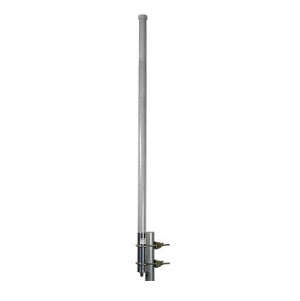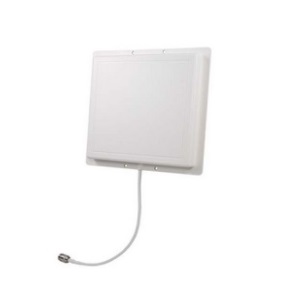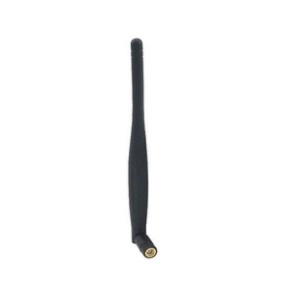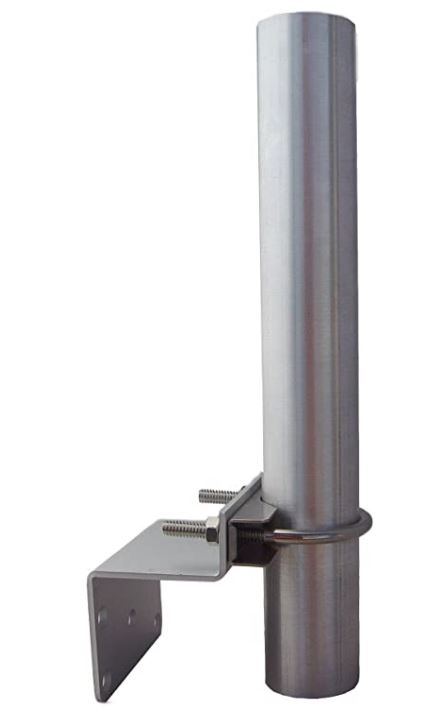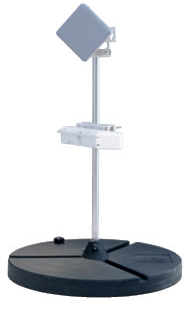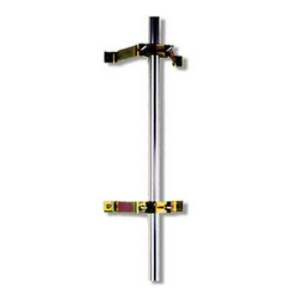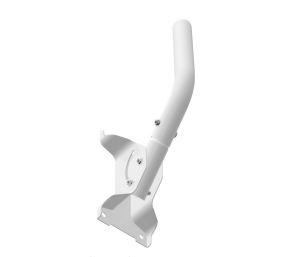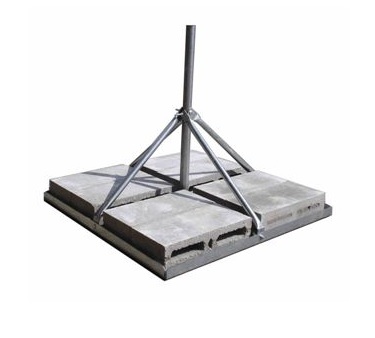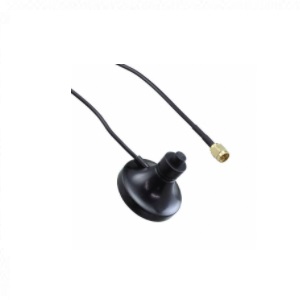|
You probably know what HNT and Helium hotspots are and you may be trying to make the best out of your radio-based HNT miner.
But just in case you are not familiar, HNT is a new form of cryptocurrency for Helium blockchain (A distributed network of Hotspots that creates public long-range wireless coverage for LoRaWAN enabled IoT devices - private CBRS networks also in the works).
The Helium Hotspot creates a Long-Fi radio signal and routes packets from low-power devices in your area that use LoRaWAN and have been deployed to the Helium Network.
You can learn more about Helium hotspots and HNT mining here. |
||||||||||||||||
| The diagram below shows the general flow of data through a Lora gateway: | ||||||||||||||||
|
Network Topology For IoT Devices and Helium Hotspot Gateways |
||||||||||||||||
| See sample diagram for remote helium hotspot miner: | ||||||||||||||||
|
|
||||||||||||||||
Approved Hotspots with RP-SMA Female Antenna Port |
||||||||||||||||
|
||||||||||||||||
Antenna Options Table |
||||||||||||||||
| Other 900MHz antennas are available here. |
Antenna Mount Options
FCC Guidelines
Most privately operated LoRaWAN devices operate in the 900 MHz ISM band. FCC part 15 outlines the requirements for this 902-928 MHz band use. Summary of the regulations:
- Maximum transmitter output power fed into the antenna is 30dBm (1 watt).
- Maximum EIRP (total transmit power (dBm) to antenna gain (dBi) minus any losses in cabling and connector/transmission line) should be 36 dBm.
For more information on operation within the bands 902-928 MHz, 2400-2483.5 MHz, and 5725-5850 MHz check this link.



